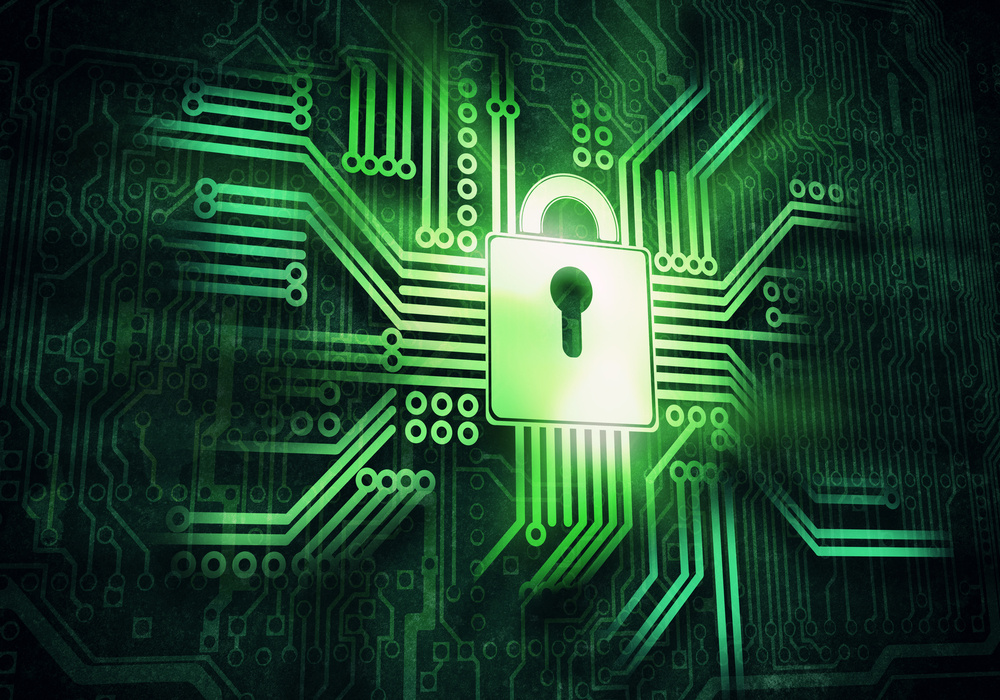Securing sensitive information is more critical than ever, especially for companies working with the U.S. Department of Defense (DoD). The Cybersecurity Maturity Model Certification (CMMC) is a framework that ensures DoD contractors have robust cybersecurity measures in place to protect Controlled Unclassified Information (CUI). Among the core practices for achieving CMMC compliance, password protection stands as a foundational element.
Why Password Protection Matters for CMMC
Passwords are the first line of defense against unauthorized access to systems and data. In CMMC, password policies fall under several key domains such as Access Control (AC) and Identification and Authentication (IA). To achieve compliance, organizations must enforce strong password policies, such as requiring complex passwords, implementing multi-factor authentication (MFA), and regularly updating credentials.
Key Password Protection Requirements in CMMC
-
Password Complexity: CMMC mandates that passwords be difficult to guess, often requiring a mix of uppercase and lowercase letters, numbers, and special characters.
-
Multi-Factor Authentication: MFA ensures that users provide two or more verification methods (e.g., password and a code sent to a device) before accessing sensitive data, making it harder for cybercriminals to breach systems.
-
Password Expiration: Regularly changing passwords is essential to minimize the risk of old, potentially compromised credentials being exploited.
-
Credential Management: CMMC requires secure handling of credentials, from creation to retirement, ensuring passwords are not shared or exposed in unencrypted formats.
Steps to Implement Password Protection for CMMC Compliance
- Adopt Strong Password Policies: Set rules for password complexity, length, and expiration intervals.
- Enforce Multi-Factor Authentication: Add an extra layer of security beyond just a password to critical systems.
- Regularly Monitor and Update Policies: Ensure that your password policies evolve alongside emerging threats and changes to CMMC requirements.
- Train Employees: Foster a culture of cybersecurity awareness where employees understand the importance of password hygiene and recognize potential phishing attacks.
By ensuring strong password protection practices, businesses can significantly boost their cybersecurity posture and move closer to CMMC compliance. Failure to meet these standards could result in lost DoD contracts and reputational damage, making password protection a small but critical piece of the overall cybersecurity puzzle.
Conclusion
Password protection is a basic yet powerful tool in the fight against cyber threats. In the context of CMMC, its role cannot be overstated. As part of a broader strategy to safeguard sensitive DoD-related data, businesses should take password security seriously to meet compliance and protect their operations.


